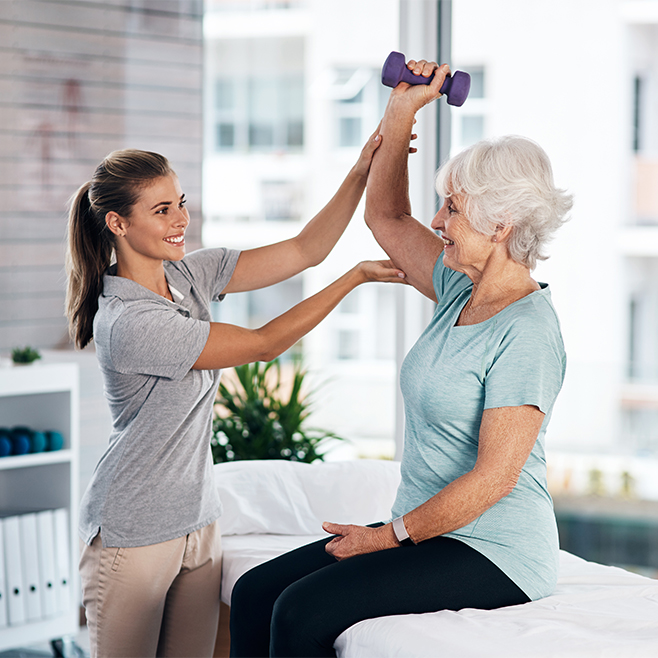Assessing the Interaction of Joint Flexibility and Balance in Patient Results
Joint mobility and control are crucial factors that influence client results in physical therapy and therapy. Joint mobility refers to the extent of motion permitted at a joint, while stability entails the capacity to maintain control of that joint during movement. When clients have good joint range of motion, they can move their extremities unrestricted, which is essential for performing daily tasks. On the other hand, steadiness helps avert harm by allowing the system to preserve correct alignment and balance during these movements. Grasping how these two elements interact can lead to better treatment plans and enhanced recovery for clients.In many cases, patients with articular pain or injuries often experience a decrease in movement. For instance, conditions like arthritis can restrict how much a joint can move, making it difficult for people to execute tasks such as walking or climbing stairs. Physical therapists often focus on exercises that increase range of motion through flexibility work and strengthening. These activities can help restore the extent of motion, making it more manageable for clients to participate in their everyday activities. Nonetheless, enhancing mobility without accounting for stability can result to additional injuries, highlighting the necessity for a balanced approach.

Stability is just as crucial in additional resources therapy. When a articulation is deficient in stability, it becomes more vulnerable to injuries during activity. For instance, an wobbly knee joint can result to sprains or ruptures while running or jumping. To improve stability, rehabilitation specialists may incorporate exercises that fortify the muscles around the joint. These activities help support the articulation and prevent excess motion that could lead to harm. By concentrating on both mobility and control, therapists can provide a holistic treatment plan that meets the unique requirements of each patient.
The interaction between articular mobility and control is particularly clear in sports medicine. Sports participants frequently require a elevated level of both mobility and stability to perform at their best. For instance, a gymnast needs to have limber joints to perform complex actions while also maintaining control to avoid falls. In sports training, trainers and coaches emphasize the significance of cultivating both aspects to improve performance and minimize the risk of harm. This approach ensures that sports participants go to website can perform effectively while keeping their joints protected during rigorous exercises.
Ultimately, comprehending the relationship between joint mobility and control can lead to improved outcomes for clients in various environments, from therapy facilities to sports training centers. By promoting both aspects, medical practitioners can help patients recover their strength and confidence. This integrated method not only helps in recovery but also equips individuals with the resources they need to avert future harm. As research continues to advance in this field, the significance of combining range of motion and control in treatment plans will remain a key priority for improving patient care and general health.